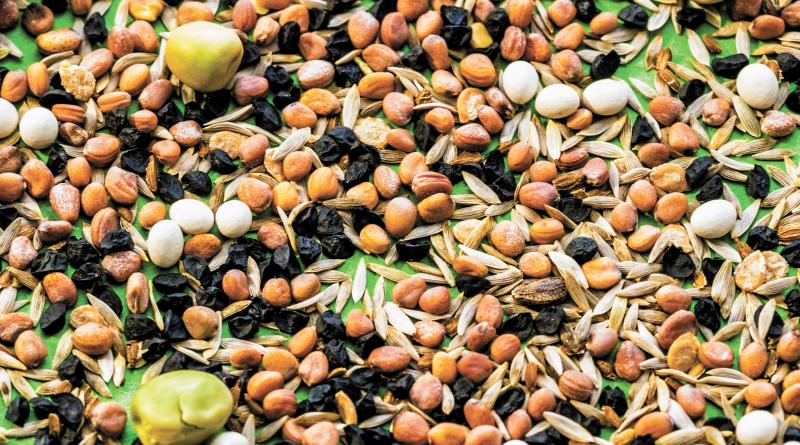In the 1980s, when British designer Rachel Ashwell wanted a home style that was easy, inexpensive and practical, she developed a thrown-together look that used old, often worn items such as painted flea-market furniture and pastel, mint-green and pink fabrics. “Shabby chic” soon dominated casual living, especially in dens and vacation homes.
Shabby originally came from the word scab or scabby, an unsightly disease in sheep. When your annual flowers fade and turn shabby, you don't have to cut them or plow them under. Just like recycling tossed-out furniture for shabby chic decorations, you can recycle dead flowers as cut flowers or weeds to put single stems in vases. Better yet, save the flower seeds. Saving your own flower seeds is very economical, since a single flower can often have dozens, hundreds or even thousands of seeds.
Because of their short life of just one year, annual flowers produce as much seed as possible. This means we gardeners can usually collect enormous amounts of seed from annual flowers.
The secret to successfully saving seeds from annual flowers is to let the flowers completely mature and dry out while they are still on the plant.
The longer you let them develop and dry on the mother plant, the better. Fresh-cut flowers, are not good for seed-saving.
When a flower is cut, it is young and in peak bloom, and it often has not been pollinated yet. Pollination is needed to produce living, viable seeds. Seeds do not continue to develop when flowers are cut and dried off the plant. Even if your flowers are just half-dead-looking, they will need more time on the plant to fully mature.
Like father, like son is true in the garden, so choose your best plants to get your seeds.
You will often notice some variability in a group of flowers of the same variety. Some of your plants will grow stronger and healthier; others might have brighter colors or deeper fragrance. Use plant markers such as pieces of yarn tied around the stems so you can remember which flowers to use for seeds, because the blossoms will have faded by the time you harvest the seeds.
Watch for seed formation. Most flower seeds are borne in seed pods or capsules. The best time for gathering seeds varies from flower to flower, but generally you want to leave the seeds to dry on the plant as long as possible. Easy seeds to save include marigolds, zinnias, four o'clocks, cosmos, calendula and runner beans.
Use plain, unwaxed paper bags to collect seeds. Shake the seed heads into the paper bag to collect the seeds. Always write the name, date and color of the flower right on the bag.
Separate the seeds from the chaff. Chaff is broken stems, pieces of dried leaves and the hulls of seeds that you do not need to keep. Many seeds fall freely from their seed heads, while other seeds need to be rubbed to loosen them.
Store your seeds in a tightly sealed container, such as small glass jars. Keep you seeds in a cool, dark place. If you prefer, you can store several different types of seeds in individual envelopes in the same jar to save space.
Seeds from your own homegrown flowers make nice gifts. You can include a photo of the flower along with details on how to plant the seeds. Be sure to include information on how high the flowers will grow and if they prefer full sunlight or shade.
Turn your faded flowers into shabby chic gifts, even if it means the garden might look seedy.





















































